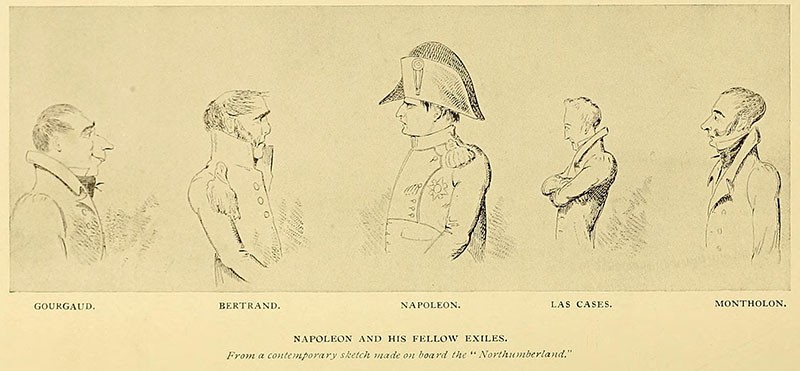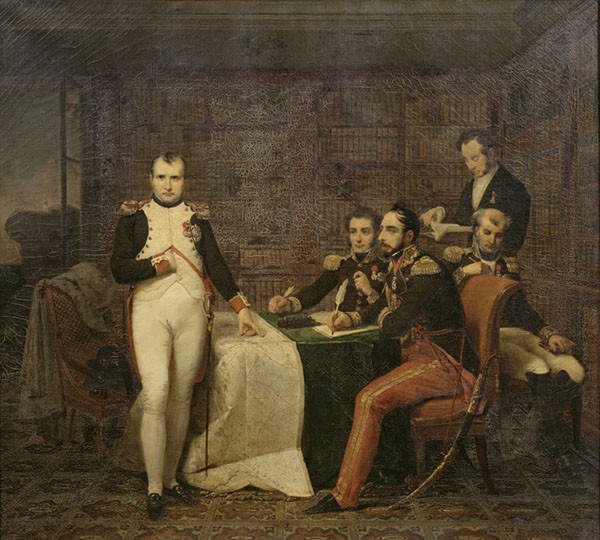“Four, for the gospel makers”[1] – The eye-witness memoirs of Napoleon on St Helena
In 1827, the poet, author and ardent Bonapartist, Heinrich Heine published a book about his life called Reisebilder (Images from a journey). In it, one of the sections is named after an old French drummer from the Grandé Armée, called “Le Grand”, whom Heine met in Dusseldorf and who had a huge influence on Heine’s life, notably introducing him to the story of the Emperor Napoleon. Towards the end of the section entitled “Le Grand”, Heine paraphrases the Christian Nicene Creed[2] referring to Napoleon’s grave on St Helena as a place of pilgrimage “to which the peoples would come, from East and West, where the saviour of the world […]suffered under Hudson Lowe, as it is written in the gospels of Las Cases, O’Meara and Antommarchi”.
The Nineteenth Century
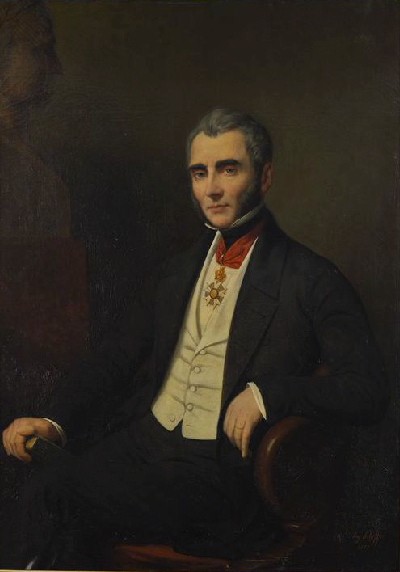 Emmanuel de Las Cases, Le Memorial de Sainte-Hélène/Journal of the Private Life and Conversations of the Emperor Napoleon at St Helena
Emmanuel de Las Cases, Le Memorial de Sainte-Hélène/Journal of the Private Life and Conversations of the Emperor Napoleon at St Helena
Las Cases Memorial de Sainte-Hélène (1823), published simultaneously in French and English. It was a text which Gourgaud in 1818 characterised as “more a composition than a real journal, and […] written with the intention of being published”. This “composition” (that was in fact ready to be typeset) had been confiscated by the British government when Las Cases was expelled from St Helena in December 1816. It was returned to Las Cases in September 1821, a copy remaining in the possession of the British Minister for War and the Colonies, Lord Bathurst. This proto-version of the Memorial preserved among Lord Bathurst’s papers was rediscovered and published in 2017 by Perrin. On receiving his papers in 1821, Las Cases added a great deal of extra material (some of which already published) and published it in instalments in 1823. This printed version was very much larger than that manuscript of 1816 produced with Napoleon’s imprimatur. The Memorial, through the medium of a journal written by Las Cases (though probably parts were also dictated by Napoleon), tells the story of Napoleon’s first year on St Helena. In both versions, the daily life on St Helena is interspersed with long sections recounting the history of Napoleon the man, Napoleon the politician, and Napoleon the military leader, making the work in many ways a kind of autobiography. The Memorial portrayed Napoleon as a liberal conduit of the French Revolution, and the book was to become a vademecum for European liberals like Heine. Stendhal’s protagonist from his novel Scarlet and Black (1830), Julien Sorel, is the quintessential model of this sort of liberal figure obsessed with Napoleon and his Empire, the Memorial always in his hand.
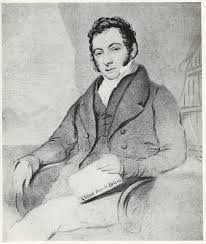 Barry O’Meara, Napoleon in exile or A voice from St Helena/Napoléon en exil ou l’écho de S-te-Hélène
Barry O’Meara, Napoleon in exile or A voice from St Helena/Napoléon en exil ou l’écho de S-te-Hélène
A year earlier, Napoleon’s doctor, Barry O’Meara published Napoleon in exile (1822), in English and French, the kiss-and-tell memoirs of his life alongside Napoleon in the years 1816-1818 on St Helena, part everyday life at Longwood, part history of the Emperor, part hit job on his nemesis, governor Hudson Lowe. On publication day (the first edition was issued in 1822 by Simpkin Marshall and Co., at their offices in Stationer’s Hall on Ludgate Hill, London), the book caused such a stir that the small courtyard in front of the building was mobbed, and the police had to be brought in to control the crowds. Contemporary readers, as publicist Thomas Creevey noted, were impressed by the veracity of the account.[3] Indeed, O’Meara underlined the ‘real’ quality of the conversations not only in the title ‘A voice from St Helena’ but also in the preface to his book – it was like listening to tape recordings of Napoleon’s words. O’Meara wrote: “I spoke as little and listened as attentively as I could, except for the purpose of leading to those facts on which I wished for information. Though naturally having a retentive memory, I did not entirely trust to it; immediately on retiring from Napoleon’s presence, I hurried to my chamber and carefully committed to paper the topics of conversation, with so far as I could, the exact words he used. Where I had the least doubt as to my accuracy, I noted it in my journal, and contrived a recurrence to the topic where future opportunities offered.” This procedure, he continued, although leading to a certain repetitiveness led to greater accuracy. In later editions, O’Meara conceded that it was only right and proper to admit that some of the observations and remarks recorded had been taken under dictation from Napoleon. Nor were the crowds wrong to be anxiously awaiting the greatest scoop of the young century. Here was the most notorious man in the Western world, giving his own opinion on the history of the times he had served to mould. As Creevey also noted: “I should say that these conversations of Nap[oleon]’s are calculated to produce a very strong and very universal [impression or effect] upon very many subjects, and upon most people in future times, as well as our own.”[4] These memoirs were to have a huge world-wide influence, published in many different European languages before 1830;
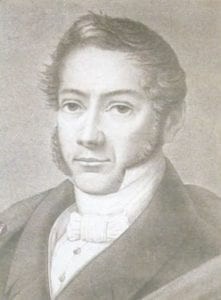 Francesco Antommarchi, Mémoires du docteur F Antommarchi ou les derniers moments de Napoléon/The last days of Napoleon. Memoirs of the last two years of Napoleon’s exile
Francesco Antommarchi, Mémoires du docteur F Antommarchi ou les derniers moments de Napoléon/The last days of Napoleon. Memoirs of the last two years of Napoleon’s exile
The last (today largely forgotten but influential at the time) being that by Napoleon’s Corsican doctor Francesco Antommarchi, Les mémoires du docteur F Antommarchi ou les derniers moments de Napoléon (1825), published simultaneously in English (Vol 1 and Volume 2) and in French in London and Paris in 1825. Largely external to affairs at Longwood and quite disliked by Napoleon himself, Antommarchi was frequently away from Longwood and his account was a romantic version of Napoleon’s last days, giving Antommarchi himself the prime role. Amongst many other things, it was a book that would fix for eternity the unhistorical and invented name for the valley where Napoleon was buried, in fact called the ‘S[l]ane valley’ but now universally (and incorrectly) referred to as the ‘Valley of the Geranium’.
The Twentieth Century
In the late-20th century, Heine’s three gospels, the only texts worthy to be considered as carrying ‘the good news of Napoleon’, mutated into a canonical four, the dream-team of Las Cases, O’Meara, and Antommarchi undergoing a profound shake-up, with the foreigners removed and French authors inserted. The only survivor of the original Heine line-up was to be Las Cases, the invading memoirs being those by General Gourgaud, and by the Grand Marshal Bertrand, by the Comte de Montholon, only one of the add-ons (those by Montholon) actually having been prepared for publication and bearing Heine’s ‘messianic’ message. Indeed, the term gospel makers really only corresponds to the fact that there are four of them, as only Las Cases and Montholon could be considered as having written anything of significance for Bonapartists.
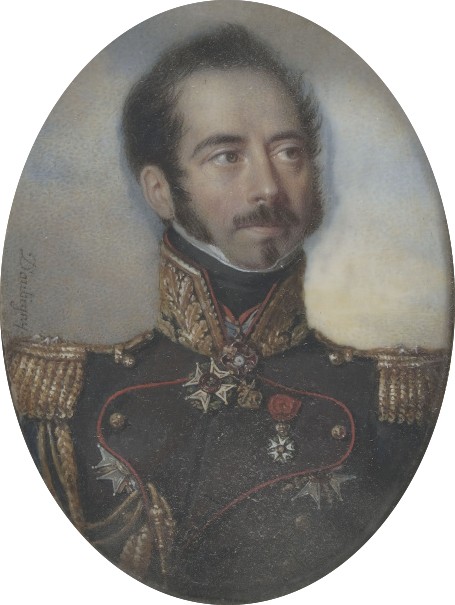 Gaspard Gourgaud, Journal/Talks with Napoleon
Gaspard Gourgaud, Journal/Talks with Napoleon
The first of the interlopers was the General Gourgaud. Gourgaud’s private journal, smuggled out of St Helena much to the governor’s annoyance, was full of his anger with Napoleon, his frustration with his (failed) attempts with the “fairer sex”, and a general discontent with all of his companions. His memoirs were not to be deciphered and published (in heavily bowdlerised form) until 1899. They were to be republished by Octave Aubry, with less bowdlerisation and in slightly greater detail, in 1944, and the complete version finally coming out in 2019. Gourgaud’s journal is a gold mine of information regarding the everyday goings on at Longwood, though that being said, Elizabeth Wormely Latimer, author of the English translation (of the 1898 edition) called her book “Talks with Napoleon” and eliminated much of what she considered anecdotal content. Gourgaud was not however as intimate with Napoleon as the other companions in exile, notably Las Cases, Bertrand, Montholon or indeed O’Meara. For example, Gourgaud left Longwood with an account of Waterloo that the Emperor did not want published, but which the General published anyway, whilst O’Meara left Longwood with the Napoleon’s ‘official’ version of the account the battle and published it in 1820 possibly with the Emperor’s benediction. Indeed, when Gourgaud left Longwood of his own volition in February 1818, it was with fury against Napoleon. His declarations to the authorities in London (most notably his revelation that Napoleon’s discontent with everything at Longwood was the result of a system or a policy of complaining about everything with aim of getting the fallen Emperor repatriated) would cause many problems, not least for O’Meara who was immediately expelled as a result of Gourgaud’s confessions.
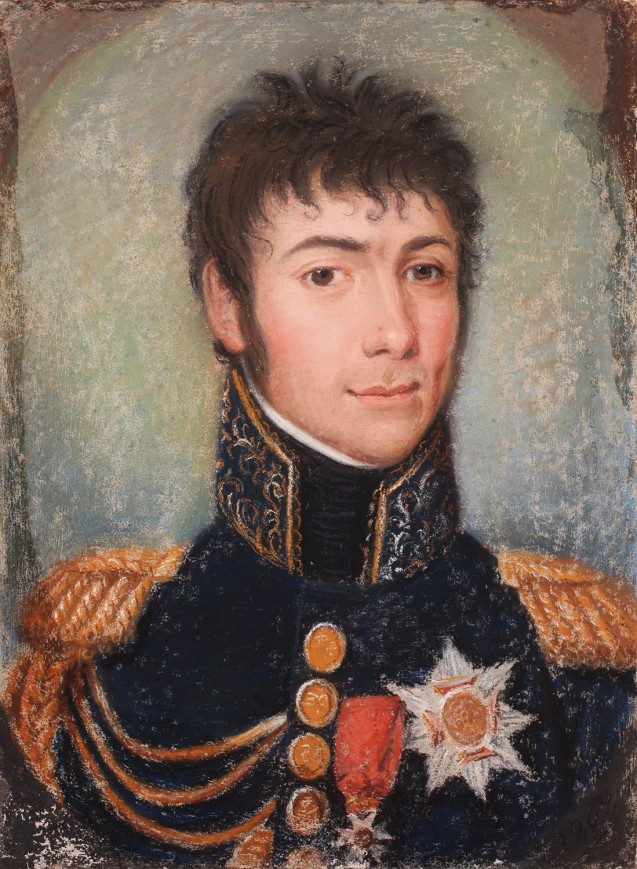 Henri-Gatien Bertrand, Les Cahiers/The notebooks
Henri-Gatien Bertrand, Les Cahiers/The notebooks
Bertrand’s memoirs were likewise not published until long after the events. They were however a fascinating minute record of Napoleon’s final years. Unlike Gourgaud, Bertrand was to remain with the Emperor right to the end and for much of the six years of exile was extremely close to him. Only in the last two years of the exile 1819-1821, was Bertrand slowly edged out of his privileged position close to Napoleon by the Comte de Montholon. The Countess Bertrand, though loyal to the Emperor, had not performed the role of courtier as well as Madame de Montholon had done. Bertrand on the other hand was the very model of loyalty, and his memoirs were couched in a specific form of informal shorthand developed by Bertrand to be able to write as quickly as possible. It was not until the late 1940s that Fleuriot de Langle (much aided by a transcription already made by a descendant of Bertrand’s, Ernest Razy) began publishing the memoirs. The year 1821 came out first in 1949 (the only English translation of Bertrand’s notebooks was that for this volume published in 1952/53, New York and London). The notebooks in the original French for the years 1816-1817 appeared in 1951 and that for 1818-1819 in 1959. The year 1820 (only noted briefly by Bertrand) was not to be published until 2021 with François Houdecek’s edition (in French), which also added a more complete version of 1821. Bertrand’s text is the version inside Longwood and close to Napoleon. He is scrupulously honest, even recording the Emperor’s brutal (and unfair) remarks about himself and his wife, barely without flinching. His account of the Emperor’s death is searingly detailed.
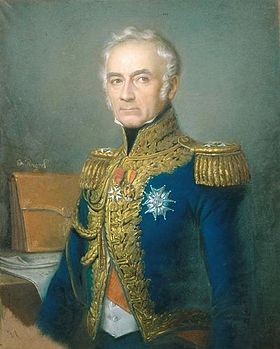 Charles Tristan de Montholon, History of the Captivity of Napoleon at St. Helena/Récits de la captivité de l’Empereur Napoléon à Sainte-Hélène
Charles Tristan de Montholon, History of the Captivity of Napoleon at St. Helena/Récits de la captivité de l’Empereur Napoléon à Sainte-Hélène
The last of those today called the evangelists was the Comte de Montholon. Montholon was a dashing courtier, but honesty was not his forte. Hudson Lowe’s secretary Gideon Gorrequer gave him the pseudonym Buggiardo (Italian for ‘liar’). When he left Longwood House in February 1818, Gourgaud famously left the following graffiti on his bedroom wall at Longwood “Montholon=Ment-au-long” (a play on words on Montholon’s name basically meaning ‘liar, liar, pants on fire’).
Of all the memoirs of Napoleon on St Helena, Montholon’s is the most messianic. Montholon talks of St Helena as a “political Golgotha”, of Napoleon’s “agony of martyrdom”. It is also a book which is setting the scene for Louis Napoleon since he reconstituted the text of his memoirs when he was in prison with the future Napoleon III in Ham in the period 1840-1846. The book was first published in two-volume form in English in 1846. A variant version of these two volumes was published the following year in French, as the review in 1847 puts it “many passages” from that English version “are either supressed [in the French version] or greatly altered”, though the French edition is better. The English version also produced two further volumes (vols 3 and 4) in 1847 (not produced in the French) of texts dictated to Montholon by Napoleon (most of which had already been published in French), specifically:
(vol. 1) King Louis and Holland, On the Bourbons, the return from Elba;
(vol. 2) General considerations on France, Situation in Italy 1796, Tolentino, Léoben, Venice, Napoleon during 1797, Peace of Campo-Formio, Napoleon in Paris after the Campaign of Italy, Conduct of Napoleon as Consul, Duke D’Enghien, On State Prisons, Brief View of the Consular Period, General Considerations on the policy of foreign governments, General policy of Spain towards France during the reign of Ferdinand, Affairs of Rome and Concordat of Fontainebleau, Corsica, Memoirs of Bonaparte when young, Recollections of Russia, Recollections of Egypt, Paul I, Kleber;
(vol. 3) the position of France with relation to Foreign Powers
(vol. 4) Austria, Prussia and Russia, On the army, A project for a constitution, the Campaign in Egypt and Syria, and an account of the recent return of Napoleon’s mortal remains to France in 1840.
Montholon’s memoirs are also completely contaminated by what had been published before, namely O’Meara, Las Cases and all other accounts of St Helena, not to mention Walter Scott’s celebrated history, all published before 1846-7.
[1] From the song “Green grow the rushes, O!”. https://en.wikipedia.org/wiki/Green_Grow_the_Rushes,_O
[2] The fundamental statement of belief of all Christians. Heine himself had reluctantly converted to Christianity from Judaism to get ahead.
[3] Thomas Creevey M.P., 21 juillet, 1822, in The Creevey papers: a selection from the correspondence & diaries of Thomas Creevey, M.P., born 1768 – died 1838; edited by Sir Herbert Maxwell, London: John Murray:1904: “‘I am perfectly satisfied Buonaparte said everything O’Meara puts into his mouth. Whether that is true is another thing…’”
[4] Creevey, ibid.


